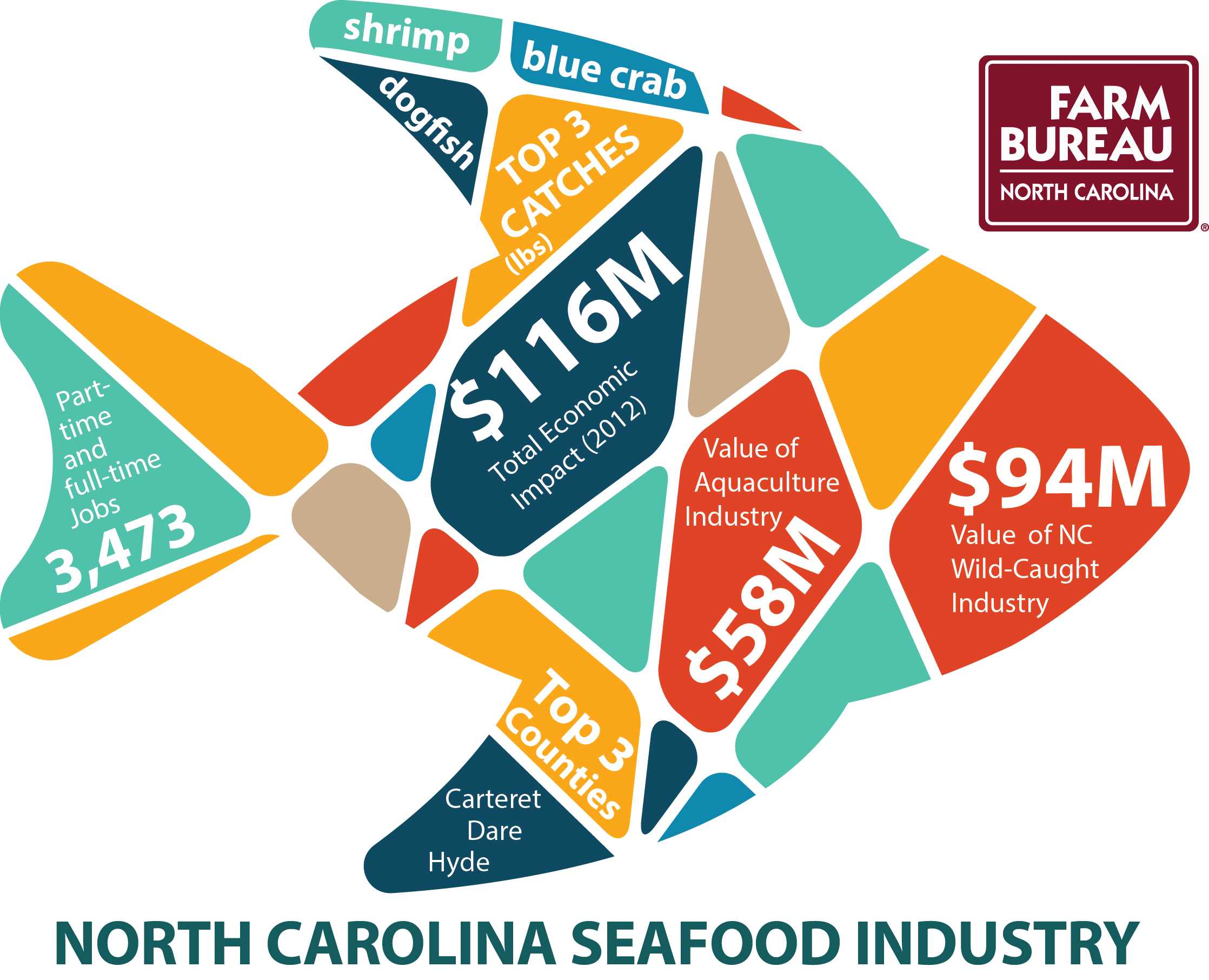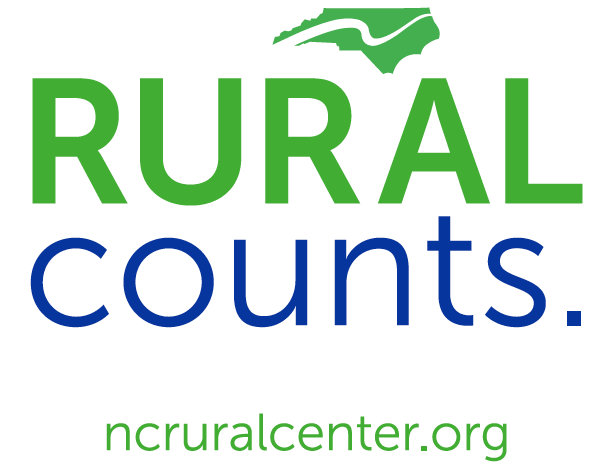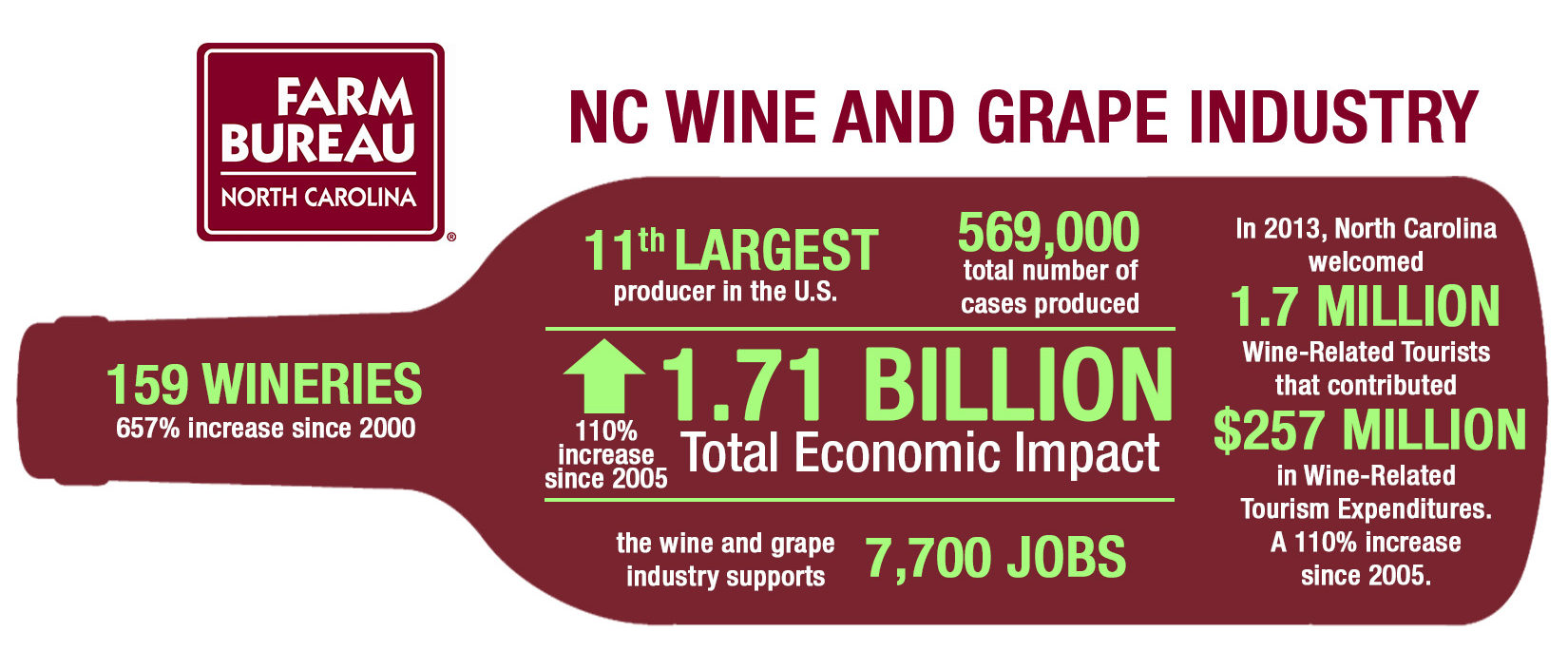When most people think of agriculture they envision row crops, large tractors or animals like cows and chickens. But at North Carolina Farm Bureau we recognize that our state’s great heritage of feeding the world goes beyond the land through our aquaculture and seafood industries. North Carolina produces some of the finest seafood in the world ranging from trout in the Great Smoky Mountains to blue crabs in the Outer Banks. Many coastal communities depend on the seafood industry to create jobs and support their local economy, but the seafood and aquaculture industries support thousands of American jobs throughout the seafood supply chain.
This weekend, seafood lovers from all over will head to Morehead City to celebrate our great seafood industry at the NC Seafood Festival. The event, which begins this Friday, September 30th and runs through Sunday, October 2nd, will feature live music, great food, cooking demonstrations and even a boat show. The NC Seafood Festival takes place each year to “promote the positive social and economic impact of the seafood industry on the citizens of North Carolina.”
More information about the NC Seafood Festival is available at www.ncseafoodfestival.org.





